September 2015
FIELD RESEARCH
From June 2015 to September 2015, Bahamas Marine Mammal Research Organisation (BMMRO) (www.bahamaswhales.org) staff, Charlotte Dunn, Diane Claridge, and Felice Knowles conducted vessel surveys to search for marine mammals off southwest Abaco Island in the northern Bahamas. During this time, BMMRO hosted four interns to assist with vessel surveys and data entry: Kenton Miller and Yashar Fox from Sandy Point, Abaco; Sheldon Mackey from New Providence, and Shaquille Jones from Marsh Harbour, Abaco. During this period, there were also two visiting scientists, Leigh Hickmott (University of St Andrews) conducting a foraging ecology study on Blainville’s beaked whales (Mesoplodon densirostris), and Dr. Elizabeth Burgess (New England Aquarium) collecting beaked whale and sperm whale (Physeter macrocephalus) feces for a stress and reproductive hormone study.
UPDATE:
Seventeen vessel surveys (not including the two projects above) were conducted from June 2015 thru September 2015 covering over five hundred miles. During these surveys, there were 29 sightings of marine mammals off the southwest coast of Abaco, including five different species. These were coastal bottlenose dolphins (Tursiops truncatus), Atlantic spotted dolphins (Stenella frontalis), dwarf sperm whales (Kogia sima), sperm whales (Physeter macrocephalus), and Blainville’s beaked whales (Mesoplodon densirostris).
HIGHLIGHTS:
BMMRO conducted a project in collaboration with the New England Aquarium (NEAq) in Boston. Although this field work was not funded by ABPF, the ABPF interns had the opportunity to participate. The project provides fecal samples for a study being conducted on obtaining stress and reproductive hormones from whale poop. During the vessel surveys for the fecal collections, numerous re-sightings of Blainville’s beaked whales were made. BMMRO encountered a group of seven Blainville’s Beaked whales during three of the vessel surveys. The group was composed of three mother-calf pairs and a single adult male. During each encounter with the group, the same mother-calf pairs were in the group but a different male would appear……

